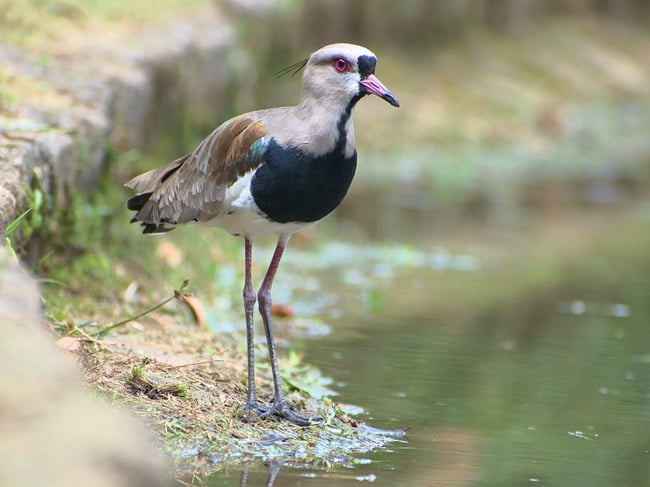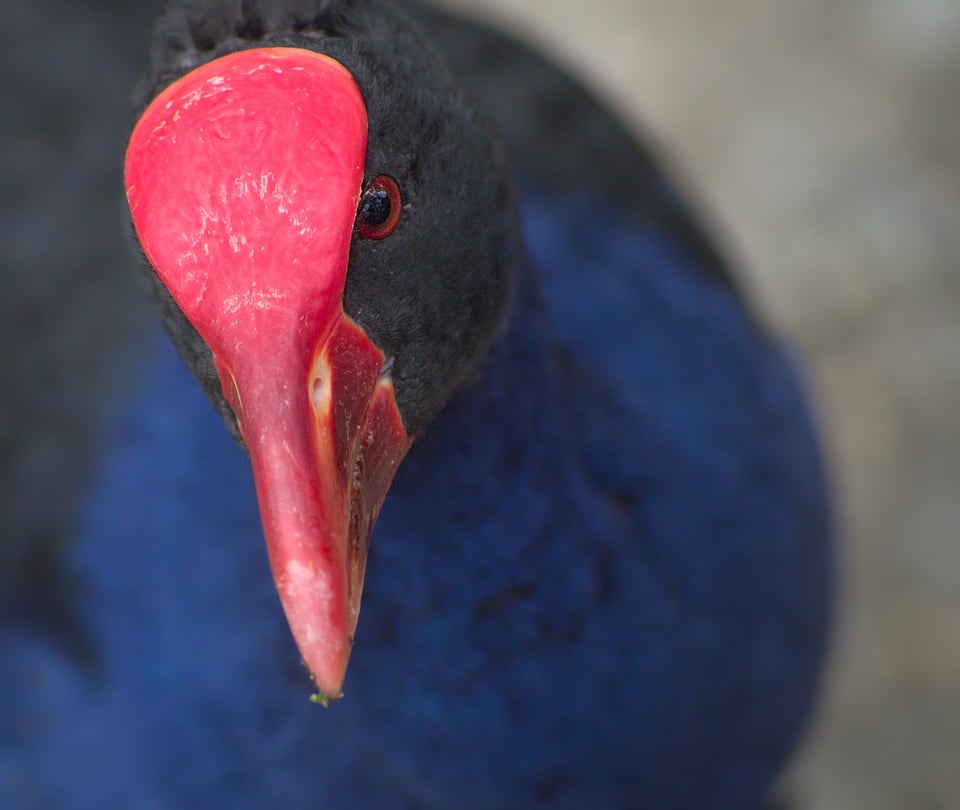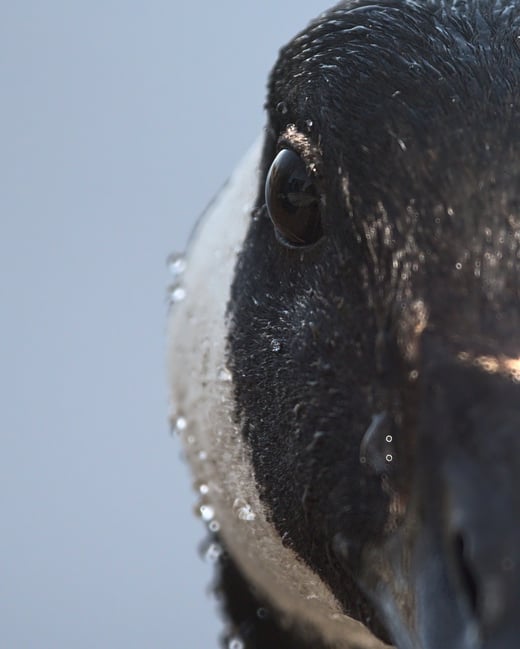Bird Photography with Really Cheap Lenses
تصوير الطيور بعدسات رخيصة
ليس هناك شك في أن أفضل معدات تصوير الطيور باهظة الثمن بشكل صادم. على سبيل المثال، يصل سعر أحدث جيل من عدسة f/4 مقاس 600 مم إلى حوالي 13000 دولار أمريكي سواء نظرت إلى Nikon أو Canon أو Sony - وهذا بدون كاميرا. الإعدادات الأكثر تواضعًا ليست رخيصة أيضًا ولا تزال على مستوى السيارات المستعملة.
وبطبيعة الحال، فإن هذه المعدات المتطورة تدوم لفترة طويلة، وبالتالي مع مرور الوقت يمكن أن تصبح التكلفة أقل. ومع ذلك، فإن التكلفة الأولية باهظة بالنسبة للعديد من رماة الطيور والحياة البرية. إذًا، هل يمكنك تصوير الطيور باستخدام عدسات رخيصة الثمن حقًا؟ في هذه التدوينة آمل أن أقنعك بأن الإجابة هي نعم، وذلك باستخدام مجموعة متنوعة من اللقطات مع العدسات التي تبدأ بسعر 50 دولارًا فقط!
جدول المحتويات
لماذا التصوير بهذه العدسات الرخيصة؟ بعض الأمثلة على العدسات الرخيصة لتصوير الطيور
حدود العدسات الرخيصة لتصوير الطيو
رحدود البعد البؤري
حدود الحدة
حدود التركيز البؤري التلقائي
استخدم المزايا التي لديك
هل تحتاج إلى عدسات باهظة الثمن؟
الخاتمة
There is no doubt that the best gear for bird photography is shockingly expensive. For example, the latest generation 600mm f/4 comes in at about $13,000 US dollars whether you look at Nikon, Canon, or Sony – and that’s without a camera. More modest setups are not cheap either and are still on the level of used cars.
Of course, this high end equipment does last a long time, and so over time the cost can end up being lower. However, the up front cost is prohibitive for many bird and wildlife shooters. So, can you shoot birds with really cheap lenses? In this post I hope to convince you that the answer is yes, using a variety of shots with lenses that start at just $50!
Table of Contents
تصوير الطيور بعدسات رخيصة
ليس هناك شك في أن أفضل معدات تصوير الطيور باهظة الثمن بشكل صادم. على سبيل المثال، يصل سعر أحدث جيل من عدسة f/4 مقاس 600 مم إلى حوالي 13000 دولار أمريكي سواء نظرت إلى Nikon أو Canon أو Sony - وهذا بدون كاميرا. الإعدادات الأكثر تواضعًا ليست رخيصة أيضًا ولا تزال على مستوى السيارات المستعملة.
وبطبيعة الحال، فإن هذه المعدات المتطورة تدوم لفترة طويلة، وبالتالي مع مرور الوقت يمكن أن تصبح التكلفة أقل. ومع ذلك، فإن التكلفة الأولية باهظة بالنسبة للعديد من رماة الطيور والحياة البرية. إذًا، هل يمكنك تصوير الطيور باستخدام عدسات رخيصة الثمن حقًا؟ في هذه التدوينة آمل أن أقنعك بأن الإجابة هي نعم، وذلك باستخدام مجموعة متنوعة من اللقطات مع العدسات التي تبدأ بسعر 50 دولارًا فقط!
جدول المحتويات
لماذا التصوير بهذه العدسات الرخيصة؟ بعض الأمثلة على العدسات الرخيصة لتصوير الطيور
حدود العدسات الرخيصة لتصوير الطيو
رحدود البعد البؤري
حدود الحدة
حدود التركيز البؤري التلقائي
استخدم المزايا التي لديك
هل تحتاج إلى عدسات باهظة الثمن؟
الخاتمة
There is no doubt that the best gear for bird photography is shockingly expensive. For example, the latest generation 600mm f/4 comes in at about $13,000 US dollars whether you look at Nikon, Canon, or Sony – and that’s without a camera. More modest setups are not cheap either and are still on the level of used cars.
Of course, this high end equipment does last a long time, and so over time the cost can end up being lower. However, the up front cost is prohibitive for many bird and wildlife shooters. So, can you shoot birds with really cheap lenses? In this post I hope to convince you that the answer is yes, using a variety of shots with lenses that start at just $50!
Table of Contents









تعليق